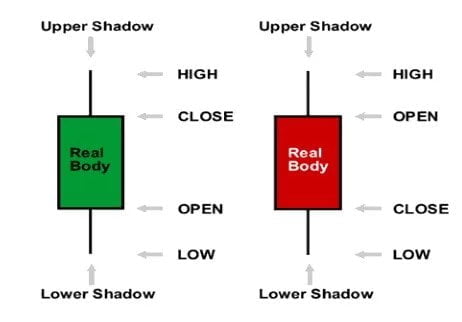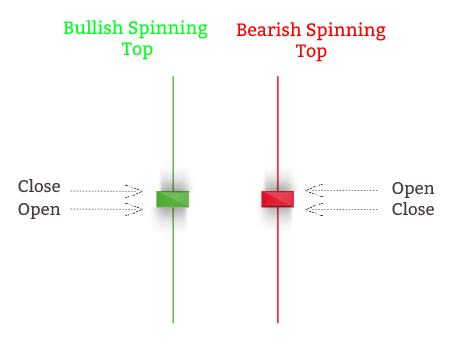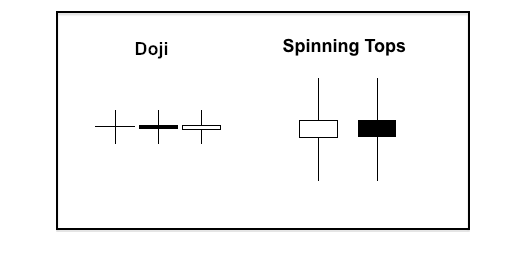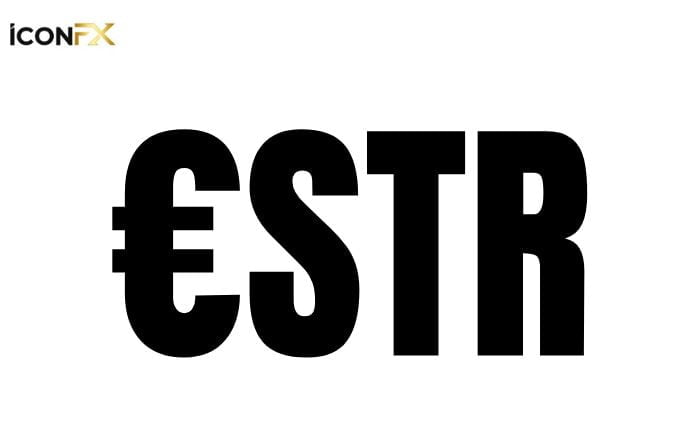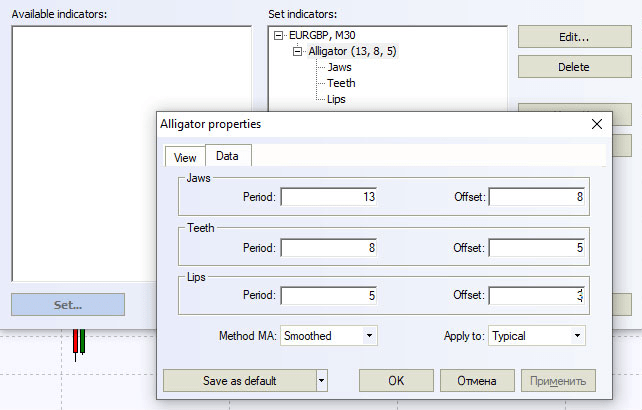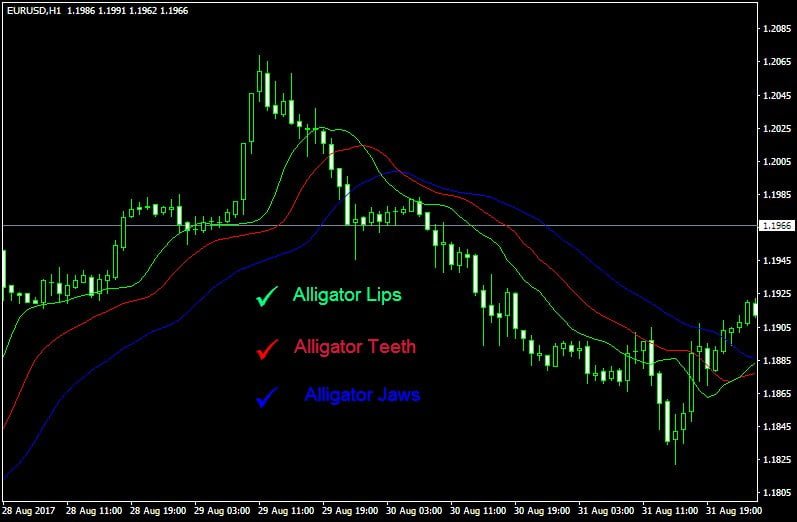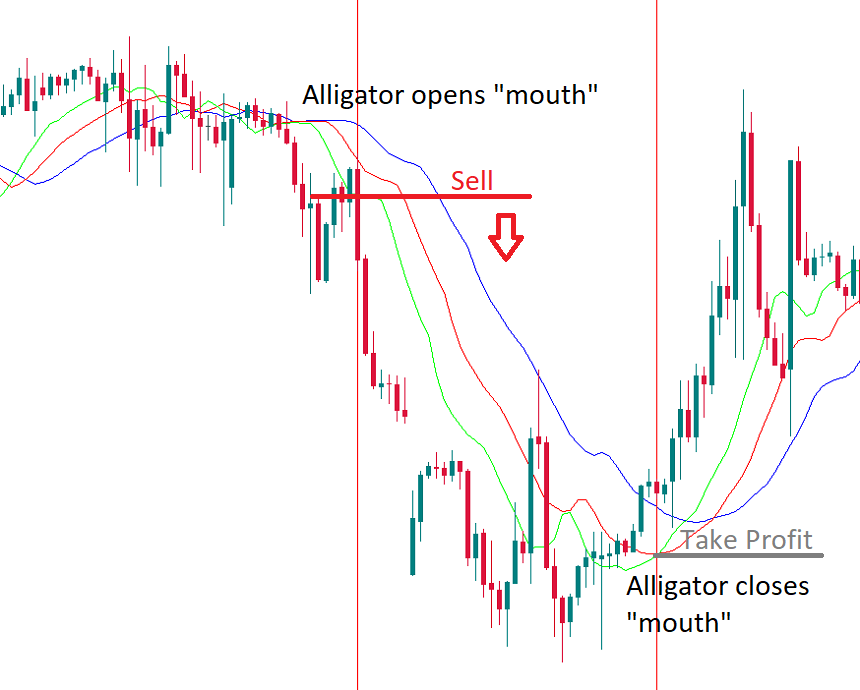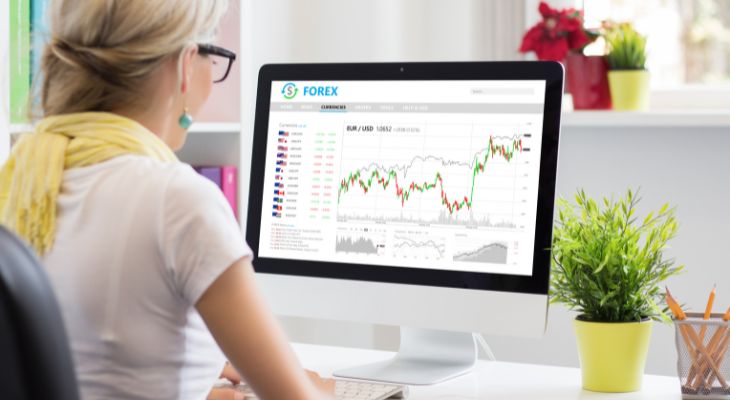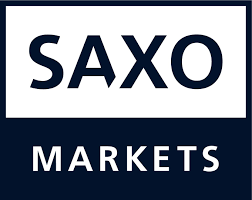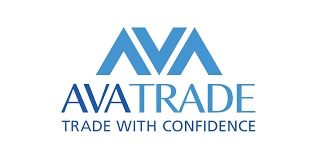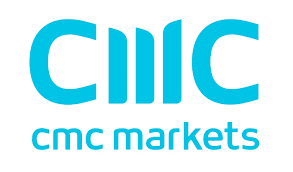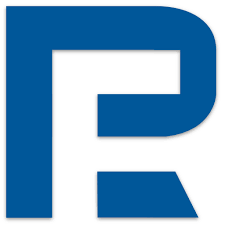Forward Contract Definition
What exactly is a forward contract, and how does it function in the futures market? There are different types of contracts in the financial market, and one of them is forward contracts which often come up in trading.
We have no doubt that you’ve already heard about forward contracts many times before. However, you might not know what a forward contract means…(We are talking about the exact meaning).
If this is you, keep on reading as we share all you need to know about forward contracts.
What Is a Forward Contract?
A forward contract is an agreement between a buyer and seller. What makes it different from the other types of agreements is that here the buyer promises to acquire an asset for a specific price at a future date. A forward contract may take place at any point in time.
In simple terms, it’s a derivative contract between two parties to purchase or sell an asset on a future date at a defined price. Forward contracts are customizable, and you can tailor them to fit a particular commodity, quantity, and delivery date.
Here you can settle these contracts in cash or in delivery.
These contracts derive their value or price from an underlying asset. So forward contracts are considered derivative contracts. These contracts are over-the-counter (OTC) transactions between the parties. This is because they are neither standardized nor governed by a third-party body.
Example of a forward contract
A renowned beverage firm contracts with a coffee producer to ship 20,000 kg of coffee beans in three months. The current cost per kilogram of coffee beans is USD 350/kg. However, the coffee producer worries about the dwindling coffee prices. So they want to guarantee substantial profits from the transaction. Therefore, they enter into a forward contract with the beverage firm to sell 20,000 kilograms of coffee beans in three months at USD 300 per kilogram, regardless of the market price.
According to the advance contract, the beverage firm will purchase the same quantity of coffee beans from the producer three months later at an agreed-upon price. With this contract, there are three possible outcomes upon the maturity of the contract:
If the current market price is lower than the contract price, the beverage business could have purchased the same quantity at the market price had it not engaged in a forward contract. In this instance, the coffee producer will gain a better profit.
When the market price is higher than the contract price, the coffee producer may incur a loss. This is because they could have sold the coffee beans at a higher price if they had not signed into the hedging contract.
The market price and contract price are the same. In this instance, no party stands to gain or lose anything.
Features of a forward contract.
Let’s look at the prominent features of forward contracts that will help you understand them better.
Customizable: They can be customizable to fit the needs of both parties involved in the contract.( Terms of contract size, asset type, expiration date, quality, etc.)
Bilateral: Forward contracts are bilateral in nature, thus exposing counterparties to the risk of nonperformance of the obligation by the other party.
Long and Short Position: In a forward contract, the buyer has a long position, and the seller has the short position.
Synthetic Assets: In the forward market, people use a mix of underlying assets to contract derivative assets. Synthetic assets are another name for derivative assets.
Settlement at maturity: With a forward contract, settlements occur upon the delivery of the asset before or on the expiration date. So money or commodity is not exchanged upon entering the agreement but by the maturity date of the agreement.
Linearity: Forward contracts can lead to gains and losses for the parties due to the changes in prices of the underlying asset that occur with time.
No down payment: In forward contracts, you don't have to make any down payments as both parties agreed to supply and receive the set commodities at an agreed price at an agreed future date.
Requirement of a third party: Often, a third-party intermediary is involved in a forward contract which can be a financial institution like a bank.
Delivery Price: A forward contract has a specified price the buyer and the seller agreed to when they entered the contract – the delivery price. Here, the delivery price remains the same while the forward price may change over time which is the price of the asset at the time they enter the contract.
Delivery: Asset delivery is made at the date of the maturity of the contract.
Pros and cons of forward contracts
Without an argument, forward contracts are one of the most commonly used derivative contracts in the financial market. But as with anything, a forward contract also has its drawbacks as it has its benefits.
Let’s look at them.
Forward Contract Pros:
Forward Contract Cons:
Types of Forward contracts
Forward contracts are not all the same. There are different types of contracts that vary depending on the terms and maturity date of the contract. Mainly there are 7 types of forward contracts.
Closed outright
This is the standard forward contract where both parties agree to a specific price at a future date.
Windrow forward contracts
Offer a range of settlement dates that can aid in exchange rate risk management.
Flexible contracts
Enable settlement at any given time up to the settlement date.
Long- Dated contracts
These have a long forward date that can be more than 1 year or even 10 years. Usually, an expiration date of a standard forward contract is up to 12 months.
Non-Delivery Forwards
No physical delivery of funds for assets. Here the exchanged amount is the difference.
Fixed date forward contract
The underlying asset is exchanged only at the maturity date of the contract.
Option Forward Contract
These are similar to flexible forward contracts that permit parties to swap the underlying asset on any date within a particular time frame.
How are forward contracts used in the world?

People use Forward contracts across all markets, from exports to foreign exchange, and there are many different applications for forwarding contracts across the globe. However, the reason for all of them to enter into a forward contract is due to hedging or speculation.
Primarily, you can forward contracts to hedge exposures against unanticipated events and losses. Forward contracts enable both parties to fix the price today for an exchange that happens on a future date.
With this, companies are able to protect themselves against price fluctuations in the future. But there is always a risk if the price change might not go in your favor.
Yet, people utilize forward contracts in all markets worldwide as a hedging tool against fluctuations in currency exchange rates and market prices. People also choose forward contracts over other types of contracts when they speculate the future spot price to rise significantly in the future when compared to the forward price today.
Here the process of speculation involves identifying the direction of the market price in the future and obtaining positions on assets based on the future price projection for the best gains. However, this is highly risky, and only the experts who can read the market very well are employed to speculate on the market projection of an asset.
Not many individual investors use these contracts. However, large institutional investors such as investment banks and hedge funds employ them in their transactions all the time.
In forward contracts, speculating means attempting to get a better price to make a profit from an asset price change. On the other hand, hedging involves trying to reduce the risk or volatility associated with the asset.
With IconFx, you can start forex trading immediately with a free demo account and great resources.
Currency forward contract
Currency forward contracts are similar to any forward contract. The only difference here is that you exchange a currency instead of a commodity. In such contracts, you can trade currencies on an agreed date in the future on a foreign exchange market. Here both parties lock the exchange rate at the time they enter the contract as the forward price. So any contract is a hedge against any market fluctuations.
Many prefer currency forward contracts over exchange-traded currency futures as they offer more customizations to fit the needs of both parties.
FX forward contract
Similar to currency forward contracts, foreign exchange forward contracts or FX forward contracts are also mutually agreed on contracts where both parties agree to exchange currencies at a future date.
Here, often there are two different currencies involved and use a forward exchange rate (exchange rate values at the time they entered the contract) that lock in advance. So both parties can evade the risks of unpredictable changes in currency spot prices.
Canceling forward contracts
In a forward contract, any party can terminate the contract anytime. However, the canceling party will be responsible for paying the difference between the contract rate and the spot pricing of the commodity.
Forward Contracts and Futures Contracts
A future contract is an agreement to buy or sell an asset/ commodity of a specific quantity at a specified price at an agreed date in the future.
Future and forward contracts are both derivative contracts, and both of them assist with hedging risk or speculating. Another similarity is that both contracts derive value from values from underlying assets. However, there is a major difference between futures contracts and forward contracts.
They are,
- Futures are traded on an exchange. Forwards are traded on over the counter (OTC)
- Settlement occurs on a daily basis with futures, and the settlements occur at the end of the agreement in forwards.
- Futures contracts are not customizable, while forwards are highly customizable.
- With future contracts, there is involvement from a clearing house to reduce the risk of defaulting on the terms of the contract.
However, with forward contracts, only the buyer and the seller are involved in the agreement.
Forward contract and Spot contracts.
The spot price is the cost that is currently going on in the market.
So in the spot market, trading and transactions are much more straightforward, while the forward market involves trading for future contracts.
To put it another way, this is a sale of properties that takes place directly between the persons involved, often at the moment of receipt or delivery.
Conclusion
Forward contracts are a great investment hedging instrument. They may also use them for speculating; however, there are risks that come with forward contracts due to their non-standardized and unregulated nature. There are different types of forward contracts that you can choose from depending on your position, risk appetite, and market situation. So forward contracts without an argument provide many benefits as well as some challenges and drawbacks.
We hope this article will help you understand forward contracts, their uses, advantages, and disadvantages better, as this is a term that often comes up in trading.
FAQs
Mainly there are 7 types of forward contracts, which are as follows.
Window forwards
Long-dated forwards
Non-deliverable forwards
Flexible forwards
Closed outright forwards
Fixed dates forwards
Option forwards
There are pros and cons when it comes to forward contracts.
Some of the benefits include
Customizability
Protection against market volatility
Reduced risks associated with international trading
No requirement for upfront expenses for hedging.
Some of the main drawbacks of forward contracts are.
Lack of regularization
The paucity of publicly accessible information regarding market capitalization
Risks with a counterparty
